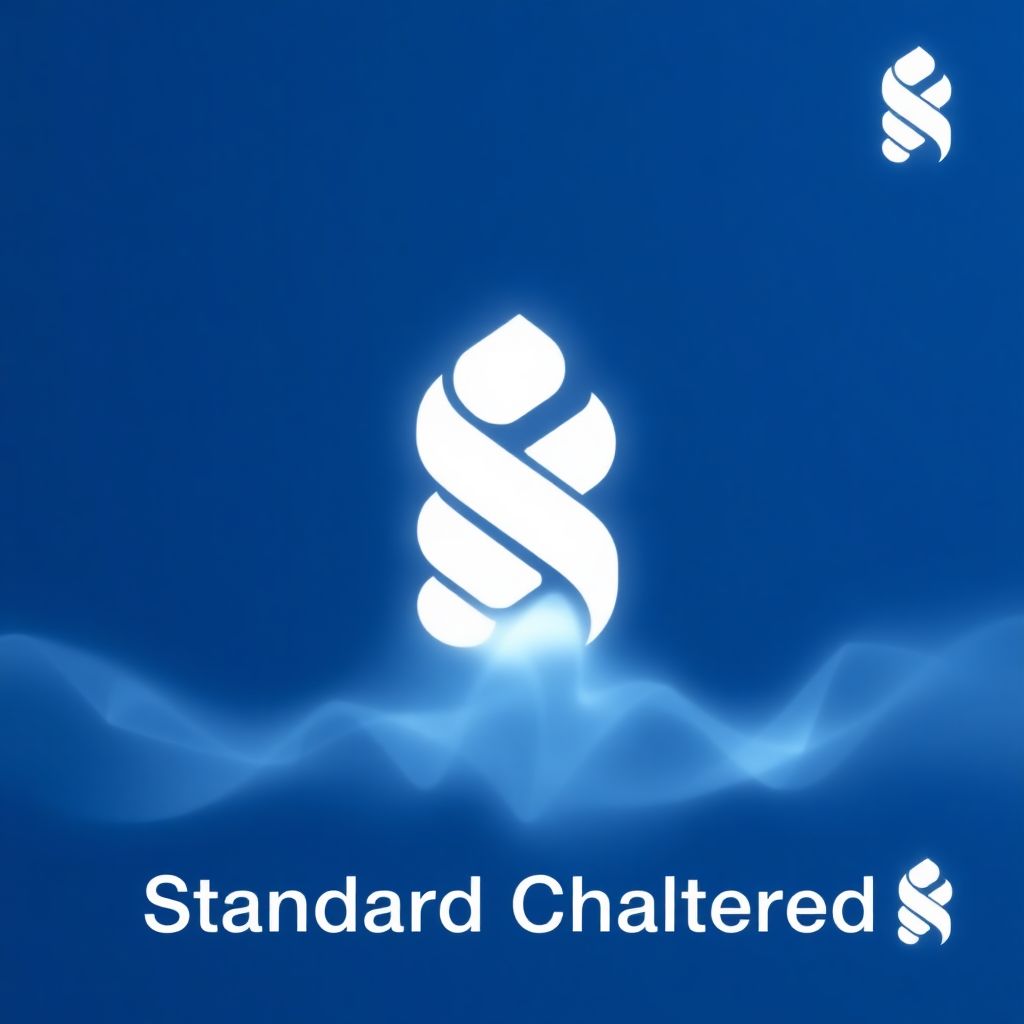Standard Chartered Forecasts Explosive Growth in Tokenized Assets to $2 Trillion by 2028
Standard Chartered anticipates that the market for tokenized real-world assets (RWAs) will experience unprecedented growth, expanding from its current valuation of approximately $35 billion to a staggering $2 trillion by the end of 2028. This forecast underscores a transformative shift in global finance, where blockchain-based infrastructure and decentralized technologies are rapidly gaining traction among institutional players.
According to Geoffrey Kendrick, head of digital asset research at Standard Chartered, the evolution of stablecoins and their integration into financial systems will play a central role in facilitating this transition. Stablecoins, which already boast a combined market capitalization exceeding $308 billion, are seen as critical tools for enabling efficient on-chain settlement—a foundational requirement for large-scale tokenization.
Kendrick’s analysis identifies 2025 as a pivotal year in which stablecoin performance will serve as a catalyst for broader adoption of blockchain finance. If stablecoins continue to demonstrate reliability, liquidity, and regulatory acceptance, they could open the floodgates for real-world assets to be extensively digitized and traded on blockchain networks.
The bank projects that non-stablecoin tokenized assets will mirror the growth of stablecoins, reaching a value nearly equivalent to that sector—around $2 trillion. This dramatic rise would require a more than 57-fold increase from today’s levels, a feat that now appears increasingly within reach due to the acceleration of institutional involvement.
Among the various asset classes expected to drive the tokenization wave, money-market funds and publicly traded equities are set to lead, with each potentially capturing approximately $750 billion in value. Other significant contributors to this growth include tokenized corporate debt, commodities, private equity stakes, real estate holdings, and diversified investment funds.
What once seemed like a niche experiment in the crypto space is now evolving into a critical segment of global financial infrastructure. Standard Chartered’s report emphasizes that decentralized finance (DeFi) is no longer peripheral—it is becoming a viable and competitive alternative to traditional banking systems.
This shift is further evidenced by the engagement of traditional finance giants. Global banks, asset managers, and major corporations are actively building tokenized platforms for services related to credit, treasury management, and asset exchange. Companies like Oracle and IPDN joining the tokenization movement highlight the growing institutional commitment to blockchain-based solutions.
The stablecoin ecosystem, dominated by Tether (USDT) and Circle’s USD Coin (USDC), has seen steady growth. Emerging stablecoins such as USDe, USDS, and DAI are also contributing to liquidity expansion across decentralized platforms. This robust infrastructure is laying the groundwork for a seamless transition of real-world assets onto blockchain rails.
One of the key advantages of tokenization is increased liquidity. By converting traditionally illiquid assets—such as real estate or private equity—into digital tokens, investors gain access to fractional ownership and secondary markets. This democratization of assets could transform investment accessibility and capital formation across the globe.
Additionally, tokenized assets offer greater transparency. Transactions are recorded on public or permissioned blockchains, enabling real-time auditing and reducing the risk of fraud or mismanagement. This transparency is particularly attractive to institutional investors and regulators alike.
Another factor driving tokenization is operational efficiency. Smart contracts can automate complex financial agreements, reducing administrative costs and settlement times. This is particularly valuable in markets plagued by delays, such as syndicated loans, bond trading, and cross-border transactions.
Regulatory clarity will be critical in supporting this growth trajectory. Jurisdictions that establish supportive legal frameworks for tokenized securities and stablecoins are likely to attract significant capital and innovation. Countries that take a proactive approach to regulation may become hubs for digital asset finance.
The implications of this tokenization boom extend beyond finance. Industries like supply chain management, insurance, and real estate could be reshaped by the ability to tokenize and trade physical-world assets with unprecedented efficiency and transparency.
As tokenized assets move into the financial mainstream, central banks and regulatory bodies will need to adapt. While some fear that DeFi could undermine traditional monetary policy tools, others argue that blockchain rails could simply become the new infrastructure on which central banks operate, issuing digital currencies and managing liquidity in more granular and programmable ways.
Ultimately, the question is no longer whether tokenization will transform global finance, but how quickly and comprehensively it will do so. With $2 trillion in tokenized RWAs projected by 2028, the financial world may be on the cusp of its most significant structural evolution in decades.

